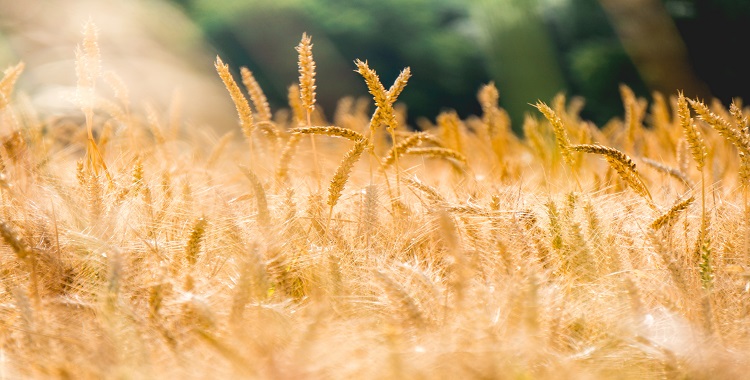1928: My grandfather, a civil servant
in British India, surveyed Sirsa District on camel back.
Irrigated fields reaped oats and barley in autumn,
mustard and grams in spring.
With the extreme drought, locust laid eggs and burrowed
them with their proboscis, six to nine inches in the sand.
With no crops, nor planes to dust the fields, villagers were told
that the government would pay them the weight of locust eggs.
Grandfather’s photographic memory yielded an abundance
of detail in the memoirs he left
but nowhere near the count of locust eggs
peasants collected and turned in.
Tilyar birds fed on the pests;
gained protection on the hunting trail.
Now: I searched for the bird all over the web,
but only the namesake lake came back
and a video set to Euro-Techno; Tilyar birds
group and break in phantasmal black over the lake,
sweep the sky in unpredictable formations,
aim as one for some unreachable place,
then pulse to life in assigned spaces;
typed characters on a page.
***
Photo by Stephen Radford on Unsplash





